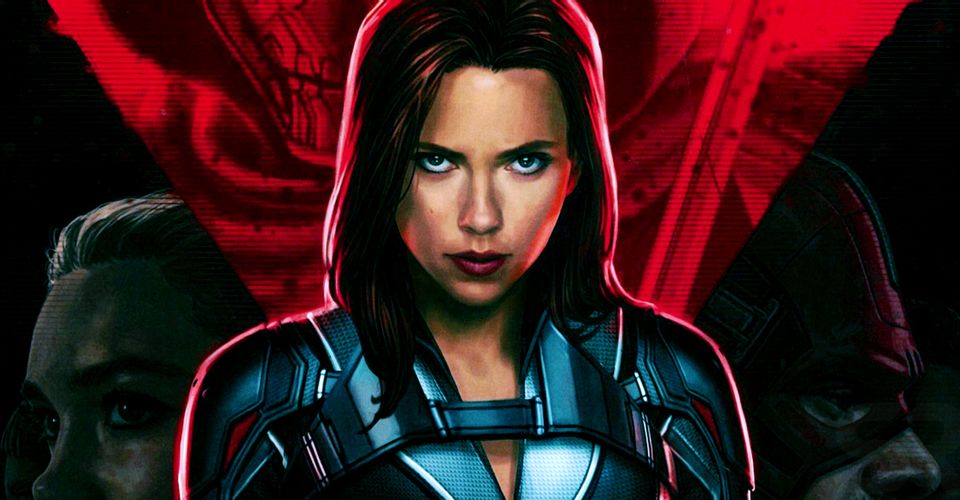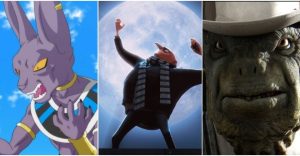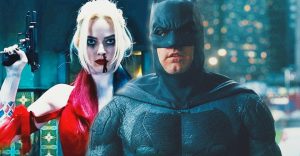How Black Widow Came Back To Life in Marvel Comics

Death has always been something of a revolving door in the superhero genre. There’s an old joke that death only sticks for Bucky and Uncle Ben – and, of course, these days it doesn’t even last for Bucky either. Dead isn’t dead anymore. Black Widow was one of those characters resurrected in the comics – and could Marvel Studios take a similar approach in the MCU?
Naturally, all this means Marvel fans have been watching Avengers: Endgame with a fair degree of skepticism. It’s true that Marvel has insisted Black Widow has died for real; but just over a year ago, they were insisting the same thing about everybody Thanos killed when he erased half the life in the universe with a snap of his fingers. Comic book readers are resorting to the original comics, looking for clues there.
And there’s a good reason to look. Over in the comics, Marvel actually killed Black Widow as recently as 2017, when Natasha Romanoff fell foul of a twisted Hydra version of Captain America. So how did Marvel bring her back, and is there any possibility Marvel Studios could follow suit?
Black Widow Was Resurrected By The Red Room

The story of Natasha Romanoff’s mysterious resurrection was told in Tales of Suspense #100-104, in a superhero spy drama told by Matthew Rosenberg and with art by Travel Foreman. It all began with a rash of mysterious killings, with shady espionage types found dead with a telltale Black Widow callsign left behind at the scene of the murder. These attracted the attention of Hawkeye and Winter Soldier, both Black Widow’s exes in the comics, and they began to investigate. All that meant they wound up caught in the line of fire.
Hawkeye and Winter Soldier eventually discovered Natasha Romanoff really was alive again – after a fashion. It turned out the Red Room had reinvented themselves using modern cloning technology and with the help of a mutant psychic called Epsilon Red. They had obtained genetic samples from every one of their old Red Room agents, and they had Epsilon Red copy their minds into a databank. Whenever one of the Red Room’s people died, the clone was activated and Epsilon Red implanted memories within the host body. Of course, they also had Epsilon Red carefully edit those memories, removing all recollection of treachery and betrayal. When Natasha Romanoff was killed by a rogue Captain America, they thought they’d activated a new version who would once again work for them.
Unfortunately for the Red Room, they had reckoned without a wild card; a Russian super-soldier named Ursa Major, who possesses the ability to transform into a gigantic, anthropomorphic bear. The Red Room had taken him for experimentation, but they allowed to freely roam the halls of the Red Room. He secretly struck a deal with Epsilon Red to ensure Natasha Romanoff regained all her memories, rather than just the ones the Red Room approved. In his view, what they were doing was appalling, and he wanted the Red Room burned to the ground. But it took time, and first Natasha had to win a position of trust, which she accomplished by cleverly manipulating the Red Room to send her against former Hydra agents. In the end, though, Natasha brought the Red Room down.
Could The MCU Resurrect Black Widow In A Similar Way?

All this raises the intriguing question of whether or not the MCU could take the same approach to resurrect Black Widow. The Red Room is already established as part of the MCU, after all, and it’s currently shadowy and undefined; it’s reasonable to assume Black Widow will reveal a lot of their secrets, but there’s no reason the Red Room would need to be completely shut down by the end of the film. A post-credits scene could tease a return for Black Widow by showing a hidden laboratory, and a cloning vat bearing the name “Romanoff.” It would be stylistically similar to Captain America: The Winter Soldier‘s post-credits scene, which introduced Quicksilver and Scarlet Witch, and comic book readers would immediately understand it.
Of course, the resurrection technology in the comics depends upon a couple of key elements that don’t yet exist in the MCU; namely mutants and psychics. But Marvel Studios president Kevin Feige has teased that it won’t be long till mutants appear in the MCU, and it’s quite possible they’ll be retconned to have existed in the shadows all along. If so, there’s absolutely no reason a similar approach couldn’t be taken. In fact, Marvel has hired the world’s tallest bodybuilder, Olivier Richters, for an unknown role in Black Widow; one popular theory is that he’ll cameo as the Russian super-soldier Ursa Major, who played such an important role in Black Widow’s resurrection in the comics.
But would Marvel want to bring back Scarlett Johansson’s Black Widow as a hero or as a villain? It would be fascinating to see history repeat itself, with Natasha Romanoff going on a rampage and becoming the world’s most wanted once again. No doubt both Hawkeye and Winter Soldier would be highly motivated to rescue her from the Red Room’s control. Depending on how Black Widow ends, they could even wind up working alongside Florence Pugh’s Yelena Belova, as she essentially attempts to redeem Natasha – a perfect inversion of the comics.
–
Black Widow’s return is one of the more interesting resurrections in comics, and oddly enough Marvel seems to have decided they like the idea; Jonathan Hickman’s X-Men relaunch has pretty much copied it, making similar resurrections and psychic downloads the secret to the conquest of death. What’s more, there’s absolutely no reason the same concept couldn’t make its way into the MCU. Black Widow’s much-criticized death in Avengers: Endgame would be completely changed because it wouldn’t be a final goodbye for the super-spy at all. And Black Widow would become the first in a franchise of movies, explaining the return of Natasha Romanoff and exploring her role in Phase 4 of the Marvel Cinematic Universe.
About The Author


















